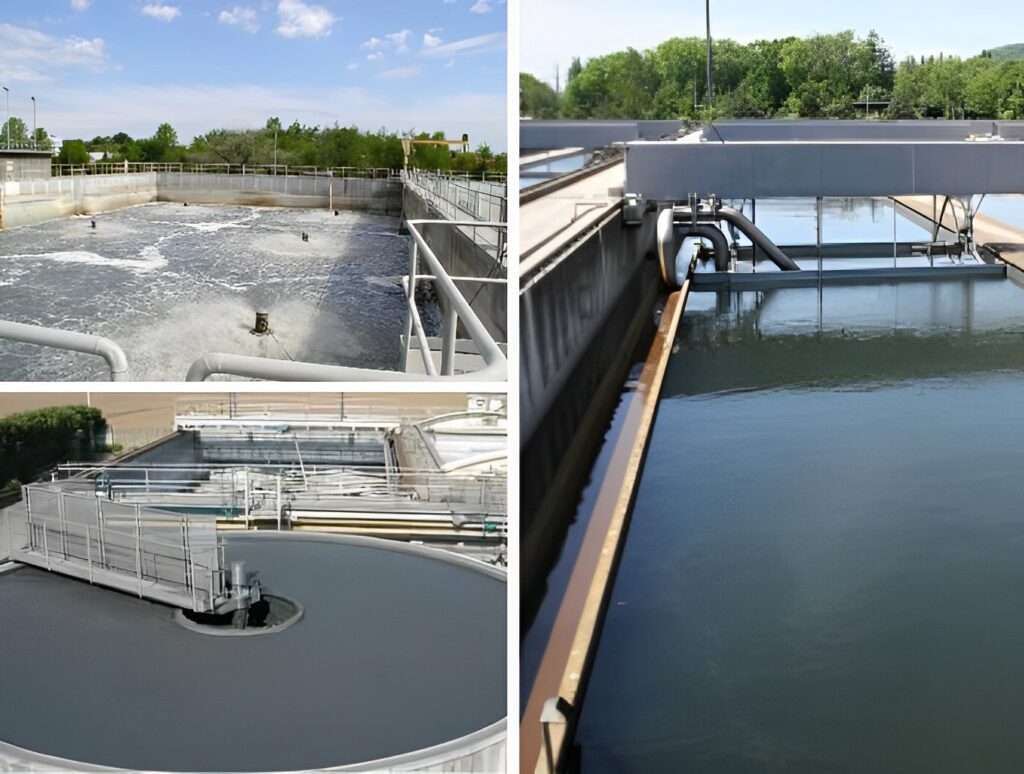Chemical Treatment of Wastewater

What is Chemical Treatment of Wastewater?
Chemical treatment of wastewater involves the use of various chemicals to remove contaminants and pollutants from the water before it is reusing. This treatment method is commonly using in industrial wastewater treatment plants and municipal sewage treatment plant to enhance the efficiency of the overall treatment process. Different chemical treatments are employing based on the specific pollutants present in the wastewater and the desired treatment goals.
Some Common Chemical Treatment Wastewater Processes include:
Coagulation/Flocculation
Coagulants like aluminum sulfate (alum) or ferric chloride are adding to the wastewater to destabilize and aggregate the suspended particles. Flocculants like polymer compounds are then adding to form larger flocs, making it easier to separate the particles during subsequent treatment steps.
pH Adjustment
Controlling the pH of wastewater is essential for optimizing various treatment processes. Acid or base is adding to adjust the pH to a level suitable for subsequent treatment steps.
Neutralization
In some cases, industrial wastewater may be highly acidic or alkaline due to the nature of the processes involved. Neutralizing agents like lime (calcium hydroxide) or sulfuric acid are used to bring the pH to a neutral range before further treatment.
Precipitation
Chemicals are adding to wastewater to promote the precipitation of specific contaminants, such as heavy metals or phosphates, into solid forms that can be easily removed by sedimentation or filtration.
Oxidation/Reduction
Chemical oxidizing agents like chlorine, ozone, or hydrogen peroxide are applying break down organic pollutants and convert them into less harmful substances.
Disinfection
Chlorine, ultraviolet (UV) light or other disinfectants are using to kill or inactivate harmful microorganisms in the wastewater to prevent the spread of waterborne diseases.
Adsorption
Chemical adsorbents, such as activated carbon or zeolites, are adding to wastewater to adsorb organic compounds, colorants, and certain dissolved pollutants.
Conclusion
It’s important to note that chemical treatment is often using in conjunction with physical and biological treatment processes to achieve comprehensive wastewater treatment. The combination of these different treatment methods allows for the effective removal of a wide range of contaminants, ensuring that the treated wastewater meets regulatory standards before releasing into the environment or being reusing for various purposes.